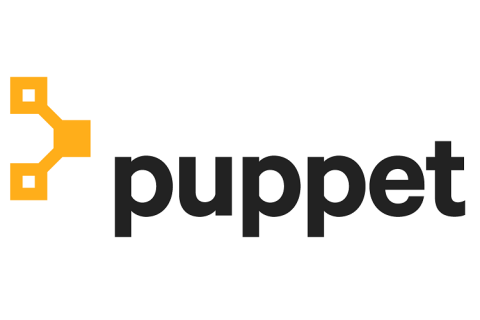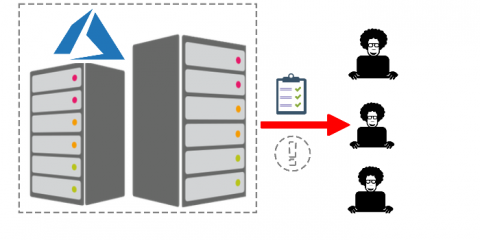Using Splunk to Detect Abuse of AWS Permanent and Temporary Credentials
Amazon Web Services provides its users with the ability to create temporary credentials via the use of AWS Security Token Service (AWS STS). These temporary credentials work pretty much in the same manner like permanent credentials created from AWS IAM Service. There are however two differences.










